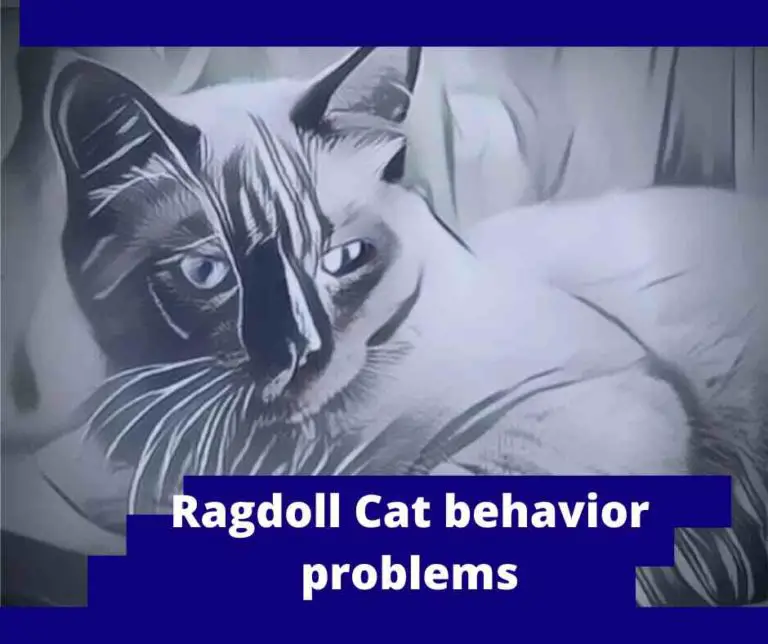When Do Cats Stop Growing: Growth Stages Explained
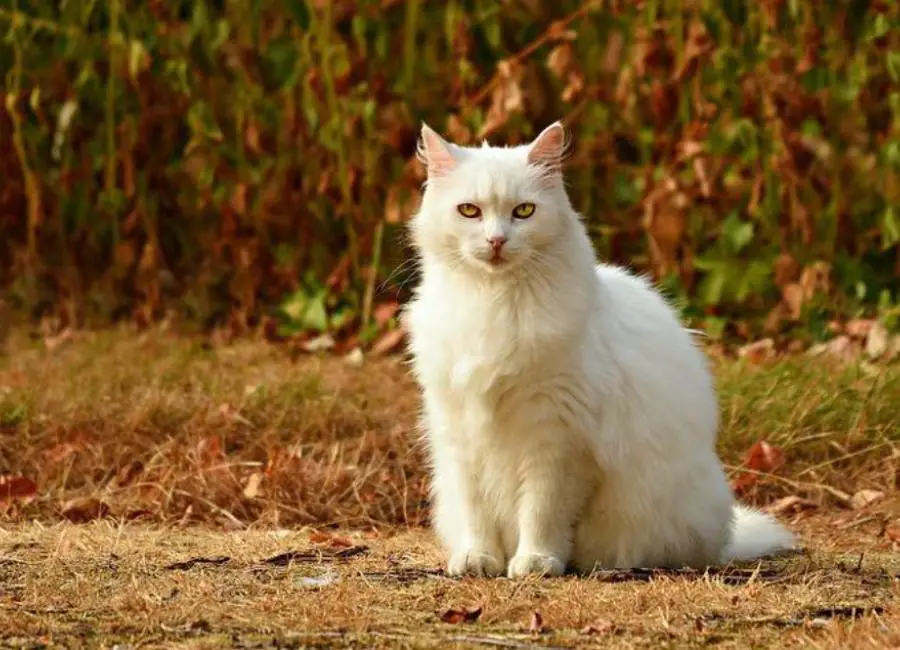
When do cats stop growing is a broad question that involves a lot of factors to consider.
However, there’s always a range of times when every growth and developmental activity in a cat stops.
There are a lot of factors that influence the growth rate of a cat, and we will be discussing these factors.
Before we go any further, let me answer your question when do cats stop growing…
When Do Cats Stop Growing
On average, all development and growth in cats cease between the age of 18 months to 4 years; at this age, all growth activities in cats stop, and only then can you say a cat is completely grown or has stopped growing.
Between the ages of 18 and 4, a cat engages in a variety of growth activities, the most visible is the gradual rise in coat color intensity, continuous weight gain, and moderate height and length growth.
A cat will weigh between 10 and 25 pounds when it reaches adulthood due to certain cats’ slow growth rates.
The amount of weight and height gain is mostly determined by the sort of food you feed your cat, as well as other factors, but the overall growth process stops between the ages of 18 months and four years.
Cat growth stages
There are a lot of things that happen from the first day the cat was born till the cat is fully grown.
Let’s break down these stages…
Here are some common cat growth stages you should know:
First-week the cat was born
The kitten has some knowledge of the world in the first week, but his eyes are still closed.
Kittens use their sense of smell and instinct to locate their mother and also learn how to work, which comes naturally.
Kittens spend the first week of their lives clinging to their mother and doing nothing more than eating and sleeping.
At two weeks of age
At two weeks of age, a kitten continues to grow, their legs are becoming firm while walking.
Although the kitty’s eyes are open, its eyesight is still a bit blurry.
All cats’ eyes become blue for a few weeks before changing to a permanent hue.
They depend on their mother’s lead and instinct.
At one month of age
At one month of age, the kitten develops a clear vision and starts to play with the mother’s tail.
The kitten balances by using his tail as a balancing post, they also start chasing small things around them.
Because some of the cat’s baby teeth have erupted, the digestive tract may be able to handle solid food more easily.
From two to six months of cat age
This is a fascinating stage in cat growth, so you should expect to see lots of mental and physical growth in every cat.
Two to six months is a period of fast development that leads to sexual maturity and the ability to reproduce.
During this phase, a kitten’s fluff transforms into an adult cat’s coarser fur coat, this is normally noticeable.
Cats are energetic and interested in everything at the age of two to six months.
At this stage, toys or siblings are used to train and play or other feline activities such as grooming and hunting.
The kitten is maturing and taking on a more autonomous personality, which will definitely define its future.
Little kittens at this age require a lot of monitoring because this is the time when cats begin to jump and climb.
Your kitten is practically an adult at six months and will start showing signs of adult stages.
Start a conversation with your veterinarian about neutering your cat, that is, if you don’t want to go into breeding.
From seven to nine months of cat age
Setting limits and being consistent in any training with your kitty is critical at seven to nine months of age.
Kittens don’t respond well to punishment at this stage or beyond this age.
So if you want to teach the kitten to do or not do anything, you’ll need to utilize positive reinforcement and patience.
During this age the cat’s confidence is at an all-time high, your kitten may begin to play more with other pets in your home.
However, supervision is still required since larger creatures, such as dogs, might cause harm to a kitten at this stage.
Your teenage kitten is almost fully developed by nine months of age, and all of its infant teething should be over.
You should keep a careful eye on your kitten’s biting and chewing habits to make sure they don’t get out of hand.
Expect your kitten to nap for more than half of the day around seven to nine months of age, so have a cozy cat bed in his or her favorite area.
Keep in mind that cats can get pregnant as early as six months old, so getting your female kitten spayed is critical if you don’t want any more babies.
Your cat’s socialization and bonding time has always been crucial at this age.
Your hard work will finally pay off, and you may notice your kitten snuggling with you on its own.
From ten months to four years
Most cats attain adult size at this period of their physical development, both physically and cognitively.
When they transition from kitten diet to adult cat food as they progress from their first year of life to adulthood.
A young adult cat is a feline that is between the ages of one and four.
Larger breeds may mature later in this period of development.
A cat that is ten to twelve months old may be ready to go to adult cat food.
Always consult your veterinarian to determine when it’s time to switch, since bigger breeds may benefit from eating kitten food until they’re two years old.
From two years to four years is when a cat’s growth ceases and he or she reaches maturity.
When do male cats stop growing
Between the ages of 18 months and 4 years, all development and growth in male cats cease and all growth processes in male cats halt, and only then can you claim a male cat is fully developed.
When do female cats stop growing
All development and growth in female cats stop between the ages of 18 months and 4 years, and all growth processes in female cats stop, and only then can you say a female cat is completely matured.
The only difference between the growth stages of a female cat and a male cat is the final size.
For most cats, the male cats always appear bigger in size than the female cats.
Factors that influence the growth of a cat
There are certain typical aspects to consider while contemplating a cat’s growth, which is as follows:
1. Diet
Diet or nutrition affects the growth stages or rates of most cats.
This means poor diet poor growth rate and so on.
Most cats go through a rapid growth spurt that must be sustained by adequate nutritional intake.
This means that kittens must eat the correct foods in the right amounts in order to develop properly.
Furthermore, the veterinarian will keep an eye on the kitten and determine the proper daily feeding amount based on its weight.
Besides a healthy diet, most cats can benefit from vitamin supplements to help them maintain their rapid development.
A veterinarian will decide the kitten’s optimal supplement alternatives till they reach adulthood.
2. Runt of the litter
In the case of cats, a runt is the last kitten that is much smaller or weaker than the rest in its group or litter.
A runt in a litter has apparent disadvantages due to its tiny size.
Such as difficulty competing for food and life with its siblings and the possibility of rejection by its mother.
Your cat will develop more slowly than the rest of the litter and will take longer to attain its full potential if it is the runt of the litter.
This is a genetic difference between cats from the same litter that affects your cat’s growth rate.
To reach their full size, certain runts require additional food, water, a healthy habitat, and medical attention.
3. Living conditions
Living conditions and environmental factors can influence how quickly or slowly your cat grows or develops.
Unhealthy living conditions have a direct impact on your cat’s growth.
If your cat was a feral cat, you should be aware that most cats’ growth might be limited as a result of this.
It’s likely that he or she was wild before meeting you because they didn’t have enough food or drink.
Your cat’s small stature is due to a variety of factors, many of which are simply a result of its upbringing.
Be the best parent you can be for your cat, regardless of their size, and you’ll quickly discover that size doesn’t matter.
For your cat to attain its full potential, you must maintain a healthy cat habitat and provide good living conditions for your cat.
4. Feline diseases
Cats’ growth is affected by parasites and worms, which can impede the steady growth and development of kittens.
Fleas, tapeworms, hookworms, ticks, mites, roundworms, and other parasitic worms, for example.
These parasites and all other feline diseases should be kept out of your cat’s reach for them to grow properly.
Make sure to deworm your cat on a regular basis and keep an eye on your cat’s skin when brushing.
Here are some topics about cats and worms:
- How Do Indoor Cats Get Worms: 14 Common Ways To Note.
- 17 Most Common Symptoms Of Worms In Cats You Should Know.
- How Long After Deworming a Cat Are The Worms Gone?
- Can Cats Get Worms From Dogs: 9 Ways Dogs Can Infect Cats.
5. Breed
When kittens of different breeds are born together, the size of the litter will be altered.
As a result, a purebred dog may grow larger and faster than a mixed breed dog, and vice versa.
You can have a kitten with a broad range of qualities if you cross a cat with a large Maincoon cat, for example, depending on the genes they get.
You’ll almost certainly end up with a unique combination of cats with characteristics from both parents.
Any cross-breed is unlikely to meet the average or standard of the pure breed.
6. Stress
Even though your cat appears to be healthy, stress might affect his appetite and ability to gain weight.
When cats are anxious and turn to food, they might feel uncomfortable and unpleasant in the same way that people do.
Unruly children/pets, sudden movements, and loud sounds are all frequent stresses for cats.
Consider making improvements to your cat’s environment to make their life a little simpler. As a result, you may notice a change in their appetite.
Popular cats and when they stop growing
Here is a table of some popular breeds of cats and when they stop growing:
| Cat Breed | Age the stop growing |
| Ragdoll cats | 3 to 4 years |
| Siamese cats | 1 to 2 years |
| Bengal cats | 18 months to 2 years |
| Mainecoon cats | 3 to 4 years |
| British Shorthair | 2 to 3 years |
| American Shorthair | 3 to 4 years |
| Exotic Shorthairs | 1 to 2 years |
| Persian cats | 2 years |
| Himalayan cats | 2 years |
| Abyssinian cats | 1 to 2 years |
| Scottish Fold | 12 months to 15 months |
| Sphynx cats | 1 to 2 years |
| Devon Rex | 18 to 24 months |
How to help a cat grow healthy
Here are some common ways to help your cat grow healthy to the required size and height:
- Provide high-quality cat food.
- Avoid dehydration and exposing the cat to hot temperatures.
- Neuter the cat if you are not breeding.
- Give the cat some form of exercise and mental stimulation.
- Provide a stress-free and calm environment.
- Avoid parasite infestations or attacks.
- Groom the cat regularly.
- Ensure proper vaccination.
- Provide both wet and dry cat food.
- Add supplements to the cat food.
- Allow enough resting time for the cat.
- Get your kitten from a reputable breeder.
- Keep an eye on cat sick symptoms.
- Schedule regular medical check-ups.


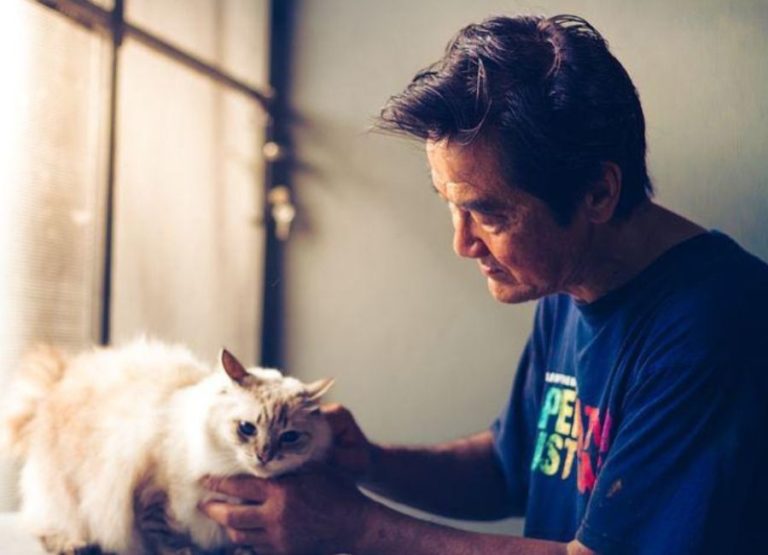
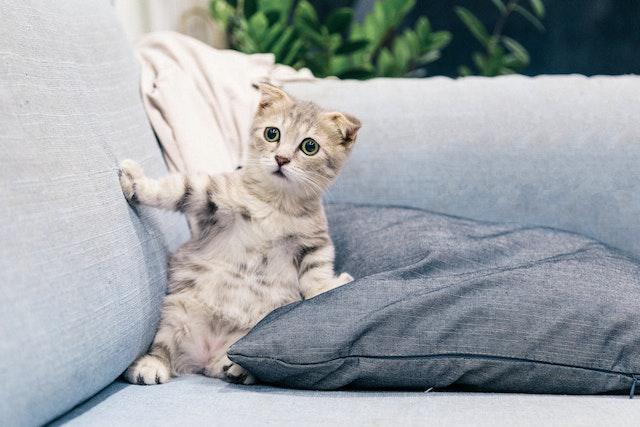
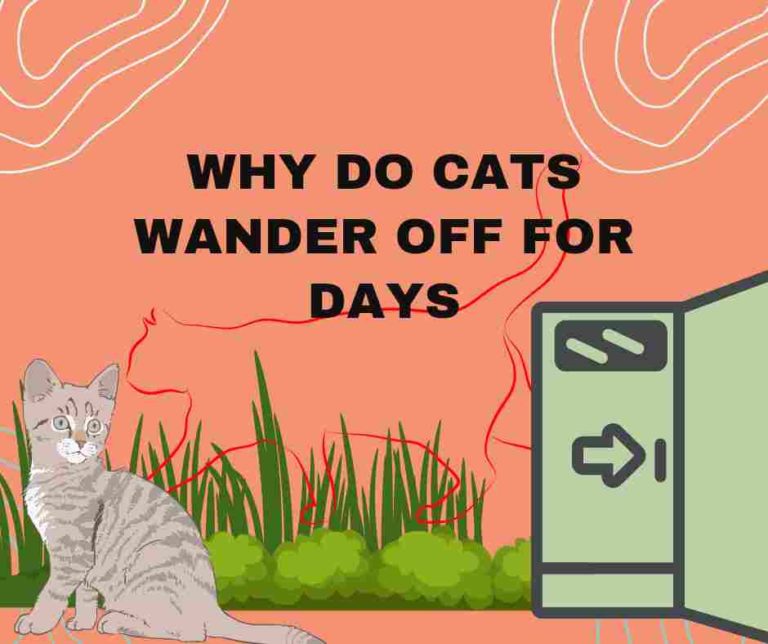
![How Long Do Cats Usually Live [11 Factors to Consider] How Long Do Cats Usually Live](https://petcreeks.com/wp-content/uploads/2023/10/pexels-alina-bystrova-11570743.jpg)
